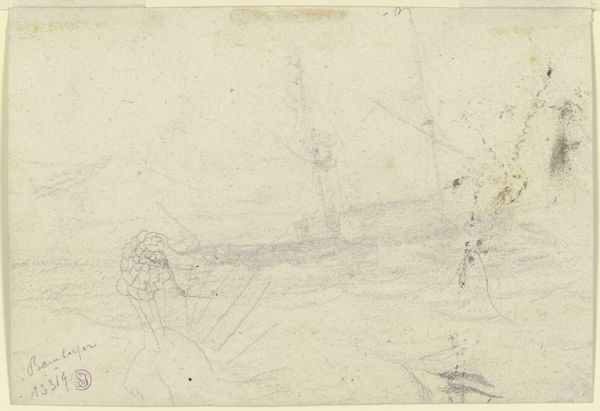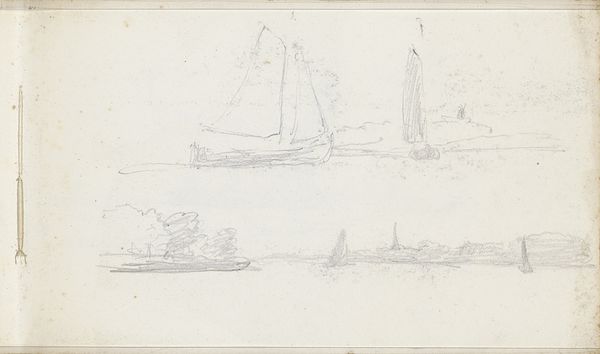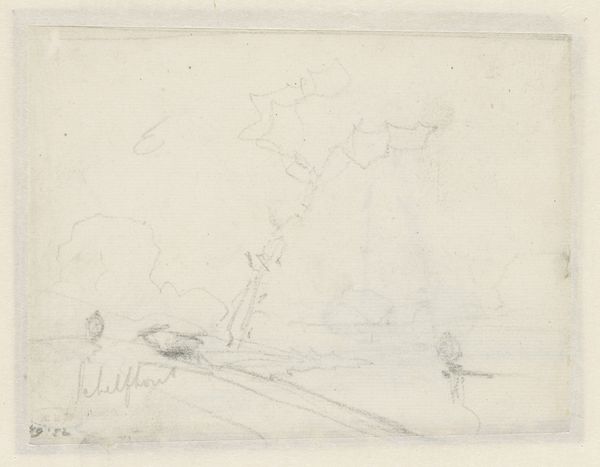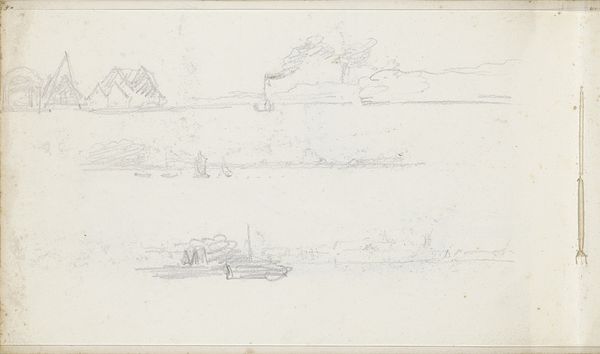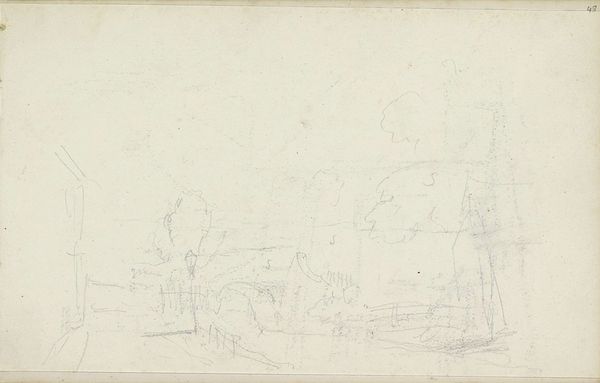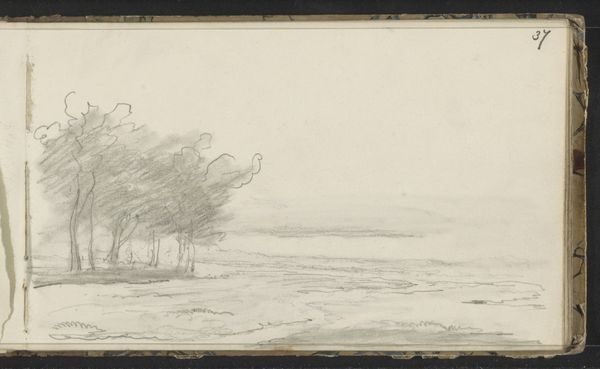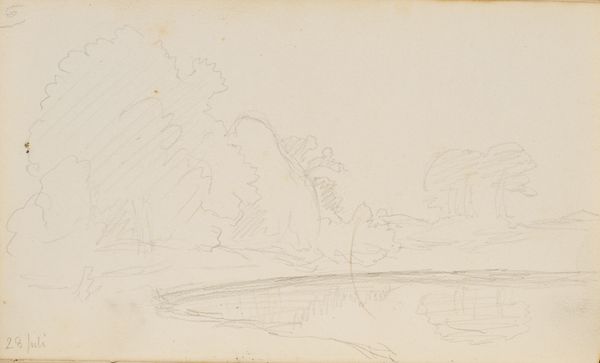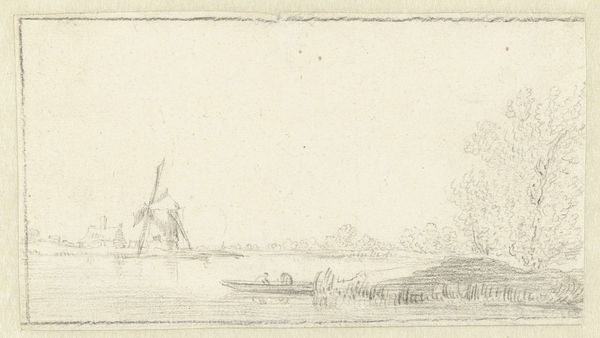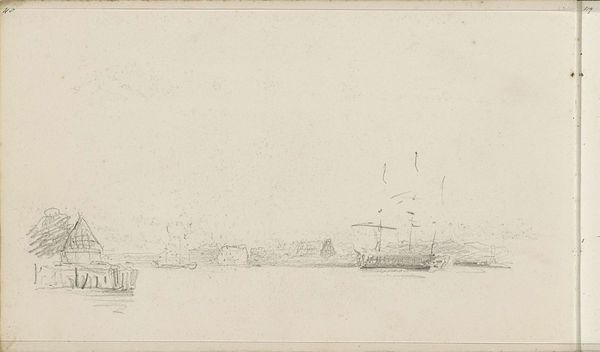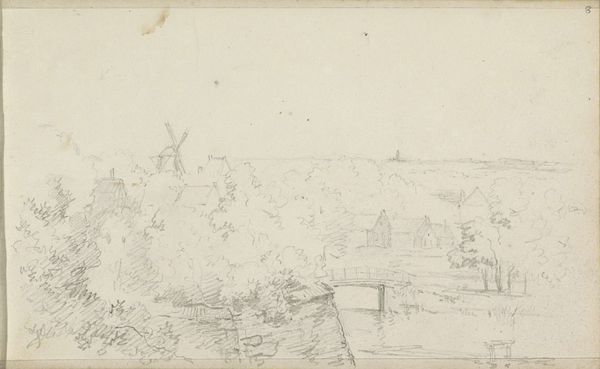
drawing, pencil
#
drawing
#
pencil sketch
#
landscape
#
river
#
pencil
#
cityscape
Copyright: Rijks Museum: Open Domain
Adrianus Eversen sketched this waterside city scene in the 19th century, using light strokes to capture a moment of urban life. The inclusion of windmills here carries the weight of history. Windmills, initially symbols of innovation and prosperity, are powerful emblems of cultural identity. They transcend mere functionality, appearing as beacons of progress in Dutch art since the Golden Age. These structures aren’t just about grinding grain or draining water; they represent humanity's ability to harness nature's energy. Recall how similar images resonate across time and space. Windmills evoke a collective memory of a time when life was more attuned to the rhythm of nature. The image taps into our subconscious association between technological advancement and nature, engaging viewers on a deep, subconscious level. Note the cyclical progression of this symbol, resurfacing, evolving, and taking on new meanings in different historical contexts.
Comments
No comments
Be the first to comment and join the conversation on the ultimate creative platform.
